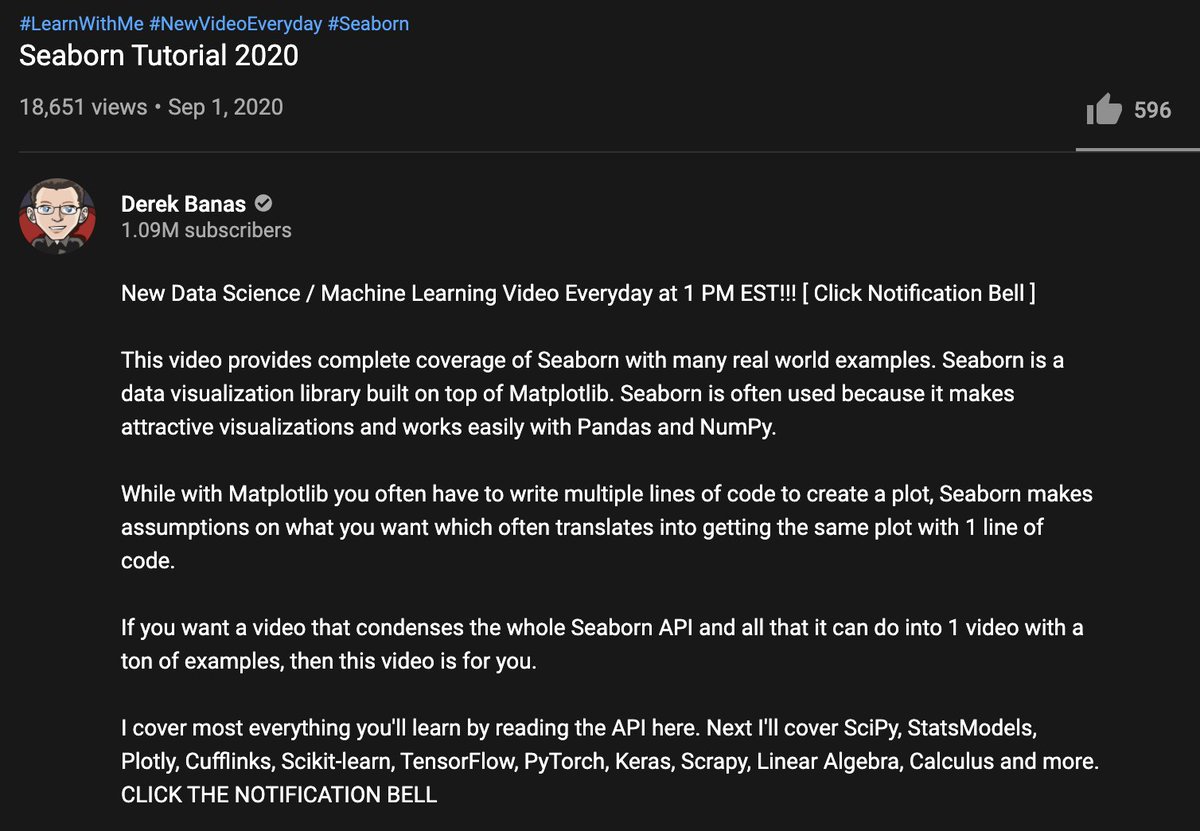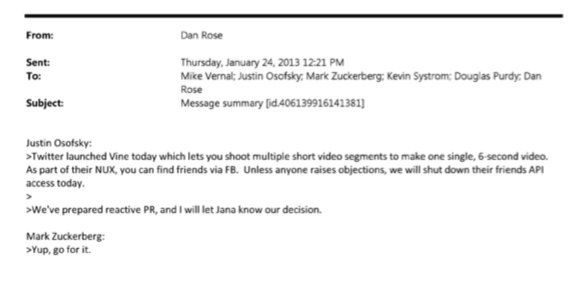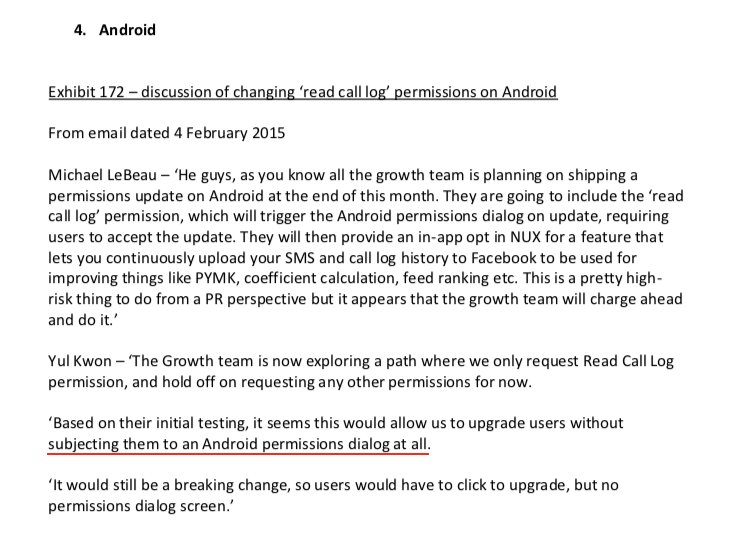This carefully curated thread will give you key insights into my journey and how you can make this transition, seamlessly.
(2 / 14)


Here's how I got started with my first machine learning project and you can too.
— Pratham Prasoon (@PrasoonPratham) December 4, 2020
Let's take a look.
(This thread will take from zero to being a hero in machine learning, trust me)
(1 / 22)
\U0001f9f5\U0001f447 pic.twitter.com/TBDki9Iy7e
Are you planning to learn Python for machine learning this year?
— Pratham Prasoon (@PrasoonPratham) February 13, 2021
Here's everything you need to get started.
\U0001f9f5\U0001f447
I'm starting a Twitter series on #FoundationsOfML. Today, I want to answer this simple question.
— Alejandro Piad Morffis (@AlejandroPiad) January 12, 2021
\u2753 What is Machine Learning?
This is my preferred way of explaining it... \U0001f447\U0001f9f5




i wonder if you can make a thread bout witchcraft in malaysia.. or list of our own local gods/deites..
— r a y a \U0001f319 (@lcvelylilith) February 20, 2020
Animist ceremonies of a religious or magical nature were normally held for the purpose of divination or making a request. This would either be done at a keramat or at a shrine similar to the Thai spirit houses or Chinese roadside shrines pic.twitter.com/I1hliyi0x3
— \u2745\u1710\u170b\u1713\u170e (@uglyluhan) June 16, 2019


